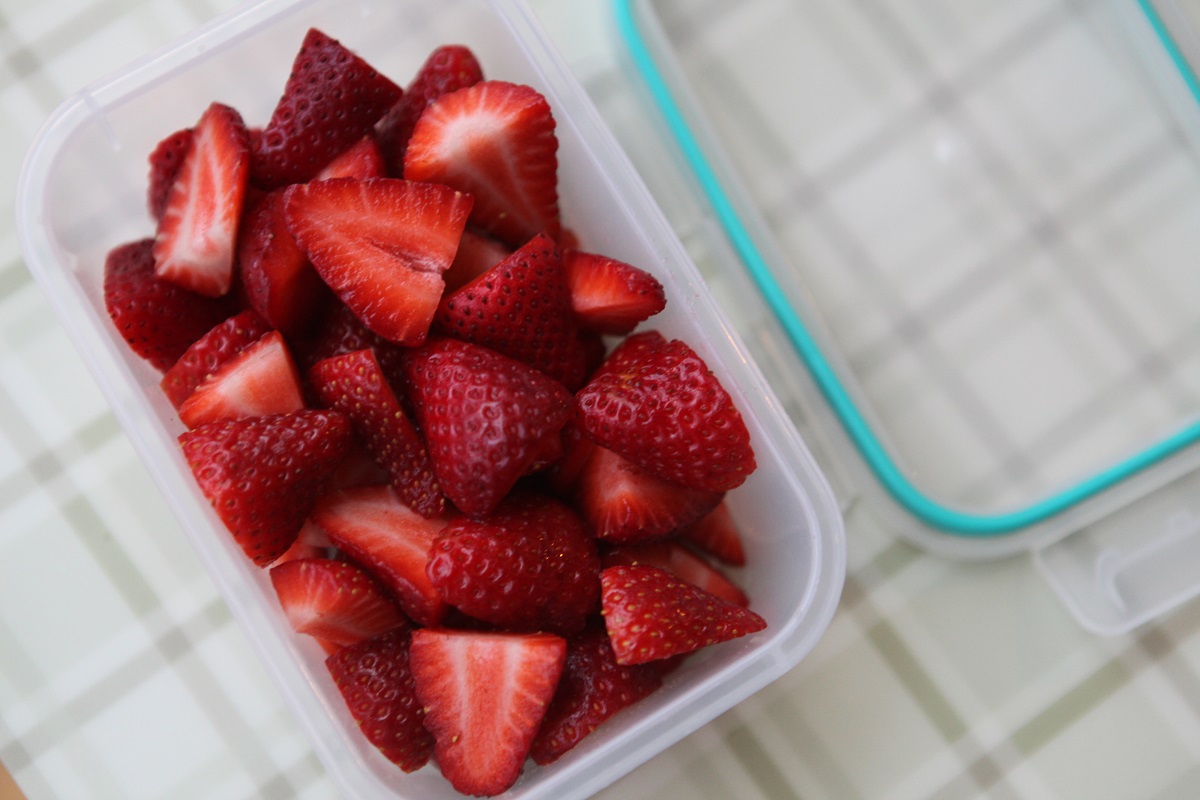

Articles
How To Store Fresh Cut Strawberries
Modified: February 23, 2024
Learn the best techniques for storing fresh cut strawberries in this informative article. Keep your berries fresh and delicious for longer with these helpful tips.
(Many of the links in this article redirect to a specific reviewed product. Your purchase of these products through affiliate links helps to generate commission for Storables.com, at no extra cost. Learn more)
Introduction
Strawberries are a delightful summer treat that can be enjoyed in many ways. Whether you plan on using them for desserts, smoothies, or simply snacking on their own, it’s important to know how to properly store fresh cut strawberries to maintain their freshness and flavor.
When strawberries are harvested, they begin to deteriorate quickly due to their high water content and fragile nature. Proper storage is essential to prevent premature spoilage and extend their shelf life. In this article, we will explore the best practices for storing fresh cut strawberries, whether you plan to keep them in the refrigerator, at room temperature, or even freeze them for later use.
By following these tips and tricks, you’ll be able to enjoy the natural sweetness and vibrant color of fresh strawberries for a longer period of time, allowing you to savor their deliciousness throughout the year.
Key Takeaways:
- Properly storing fresh cut strawberries is essential to preserve their taste, texture, and freshness. Whether refrigerating, freezing, or storing at room temperature, following the right techniques will ensure longer-lasting, delicious strawberries.
- When selecting fresh strawberries, look for vibrant red color, firmness, and a sweet aroma. Preparing, storing, and handling strawberries with care will help maintain their quality and extend their shelf life.
Read more: How To Store Cut Strawberries
Choosing Fresh Strawberries
When it comes to storing fresh cut strawberries, starting with high-quality berries is essential. Here are some tips for choosing the freshest strawberries:
- Inspect the appearance: Look for strawberries that are bright red in color with a glossy sheen. Avoid berries that are dull, bruised, or have moldy patches.
- Check the texture: Gently touch the strawberries to assess their firmness. They should be plump, but not too soft or mushy.
- Smell the strawberries: Give them a sniff. A ripe strawberry should have a sweet, fragrant aroma.
- Avoid green or white tips: Strawberries with green or white tips are underripe and may not have reached their full flavor.
- Avoid large hollow cavities: If a strawberry has a hollowed-out cavity at the top, it may be overripe or have a mealy texture.
- Consider the size: While there is no definitive correlation between size and taste, smaller strawberries tend to have a more concentrated flavor.
By carefully selecting fresh strawberries, you’ll start with the best possible produce, ensuring that your stored cut strawberries will retain their taste and quality for as long as possible.
Preparing Strawberries for Storage
Once you have chosen the freshest strawberries, it’s important to properly prepare them for storage. Follow these steps to ensure that your strawberries stay fresh:
- Wash the strawberries: Before cutting or storing strawberries, wash them gently under cold running water. Remove any dirt or debris and pat them dry with a clean kitchen towel.
- Remove the stems: Use a paring knife or strawberry huller to remove the stems from each strawberry. Insert the tool at a downward angle and twist it to remove the green stem and leaves.
- Slice or dice as desired: Depending on your intended use, you can slice or dice the strawberries. Keep in mind that sliced strawberries tend to retain their freshness better than diced ones.
- Discard any damaged or overripe berries: Inspect the strawberries for any signs of damage or overripeness. If you find any moldy or mushy berries, it’s best to discard them to prevent spoilage.
By properly preparing the strawberries, you remove any potential contaminants and ensure that they are ready for storage. Taking these steps will help maintain their freshness and prevent the growth of bacteria or mold.
Storing Strawberries in the Fridge
The refrigerator is the ideal place to store fresh cut strawberries, as the cool temperature helps slow down the ripening process and extends their shelf life. Here’s how you can store strawberries in the fridge:
- Choose the right container: Place the sliced strawberries in a clean, dry container. A shallow container or a single layer in a lined tray works best to prevent them from getting crushed or bruised. You can also use a zip-top bag, but make sure to squeeze out all the air before sealing it.
- Line the container with paper towels: Before adding the strawberries, line the bottom of the container with a layer of paper towels. This will help absorb any excess moisture and prevent the strawberries from becoming mushy.
- Arrange the strawberries: Place the sliced strawberries in a single layer, making sure they are not overcrowded. If you have more strawberries, you can stack another layer separated by a paper towel.
- Cover and refrigerate: Once the strawberries are arranged, cover the container or seal the zip-top bag tightly. Place it in the refrigerator and store them at a temperature of around 32°F to 40°F (0°C to 4°C).
Stored correctly in the refrigerator, fresh cut strawberries can last for up to 3-5 days. However, it’s important to note that strawberries are highly perishable, so it’s best to consume them as soon as possible for optimal taste and texture.
Remember, do not wash the strawberries before storing them in the fridge. Washing them beforehand can introduce moisture and increase the likelihood of spoilage.
To store fresh cut strawberries, place them in an airtight container lined with paper towels to absorb excess moisture. Store in the refrigerator and use within 2-3 days for best quality.
Storing Strawberries at Room Temperature
While the refrigerator is the preferred method for storing fresh cut strawberries, there are circumstances where storing them at room temperature may be necessary. Here’s how you can store strawberries at room temperature:
- Choose the right container: Select a shallow container or a plate to store the strawberries. Make sure the container is clean and dry before placing the berries in it.
- Line the container with paper towels: Similar to storing in the refrigerator, line the container with a layer of paper towels to absorb excess moisture and prevent the strawberries from becoming soggy.
- Arrange the strawberries: Place the sliced strawberries in a single layer, ensuring that they are not overcrowded. Leave a small amount of space between each berry to allow for air circulation.
- Keep away from direct sunlight and heat: Find a cool and dark spot in your kitchen away from direct sunlight and heat sources. Exposure to sunlight or heat can accelerate the ripening process and cause the strawberries to spoil more quickly.
- Check for freshness daily: Since strawberries stored at room temperature have a shorter shelf life, it is important to check them daily. Discard any berries that show signs of spoilage, such as mold or a foul odor.
Storing strawberries at room temperature can be a viable option if you plan to consume them within a day or two. However, it’s crucial to monitor them closely and maintain optimal storage conditions to ensure their freshness and prevent bacterial growth.
Keep in mind that room temperature storage is not recommended for extended periods, as strawberries are highly perishable and will spoil more quickly compared to refrigerated storage.
Read more: How To Store Fresh Strawberries
Freezing Fresh Cut Strawberries
If you have a surplus of fresh cut strawberries and want to preserve them for future use, freezing is an excellent option. Here’s how you can freeze fresh cut strawberries:
- Wash and prepare the strawberries: Start by washing the strawberries under cold running water and gently pat them dry with a kitchen towel. Remove the stems and any blemishes from the berries.
- Slice or leave them whole: Decide whether you want to freeze the strawberries whole or slice them. Sliced strawberries are more versatile for use in various recipes, while whole strawberries can be used as a topping or decoration.
- Arrange on a baking sheet: Lay the prepared strawberries in a single layer on a baking sheet lined with parchment paper or a silicone mat. Make sure they are not touching each other.
- Flash freeze the strawberries: Place the baking sheet in the freezer and let the strawberries freeze for about 1-2 hours or until they are firm to the touch. This process, known as flash freezing, ensures that the berries freeze individually and won’t stick together in a solid clump.
- Transfer to a freezer bag or container: Once the strawberries are frozen, transfer them to a freezer-safe bag or airtight container. Make sure to label and date the container for easy identification.
- Remove excess air and seal: Squeeze out any excess air from the bag or container before sealing it tightly. This helps prevent freezer burn and maintains the quality of the strawberries during storage.
Frozen fresh cut strawberries can be stored in the freezer for up to 8 to 12 months. They are perfect for adding to smoothies, baking, making jams, or enjoying as a refreshing frozen treat.
When you’re ready to use the frozen strawberries, there’s no need to thaw them. You can directly incorporate them into your recipes or let them thaw slightly for easier slicing or dicing.
Freezing fresh cut strawberries allows you to enjoy the taste of summer even during the colder months and ensures that none of your precious berries go to waste.
Best Practices for Storing Fresh Cut Strawberries
To maximize the freshness and flavor of your fresh cut strawberries, here are some best practices to keep in mind:
- Store them immediately: After washing and preparing the strawberries, store them promptly. The longer you leave them out at room temperature, the faster they will deteriorate. If you don’t plan on using them right away, transfer them to the desired storage method as soon as possible.
- Handle with care: Strawberries are delicate fruits, so handle them gently to avoid bruising or damaging the flesh. Rough handling can lead to quicker spoilage and texture changes.
- Avoid excessive moisture: Moisture promotes the growth of bacteria and molds, which can cause strawberries to spoil. Make sure to dry the berries thoroughly before storing them to minimize excess moisture.
- Keep them away from strong odors: Strawberries have a delicate flavor profile that can easily absorb odors from surrounding foods. Store them away from pungent foods like onions or garlic to preserve their natural taste.
- Don’t wash until ready to use: While it’s important to wash your strawberries before storing them, it’s best to wait and wash them just before consumption or preparation. Washing them too far in advance can introduce moisture and accelerate spoilage.
- Check for signs of spoilage: Regularly inspect your stored strawberries for any signs of mold, mushiness, or an unpleasant smell. Discard any berries that show these signs to avoid contamination of the rest of the batch.
- Use proper storage containers: Use shallow containers, zip-top bags, or airtight containers specifically designed for food storage. Ensure they are clean and dry before placing the strawberries inside.
By following these best practices, you can extend the shelf life of your fresh cut strawberries and enjoy their deliciousness for longer periods. Remember, strawberries are a delicate fruit, so proper handling and storage practices are crucial to maintaining their quality.
Conclusion
Properly storing fresh cut strawberries is essential to preserve their taste, texture, and freshness. Whether you choose to store them in the refrigerator, at room temperature, or freeze them for future use, following the right techniques will ensure that your strawberries last longer and remain delicious.
When selecting fresh strawberries, look for vibrant red color, firmness, and a sweet aroma. Preparing the strawberries by washing, removing the stems, and slicing them as desired is crucial before storage.
If you plan to store the strawberries in the refrigerator, choose a shallow container, line it with paper towels, and arrange the berries in a single layer. Keep them in a cool temperature and consume them within 3-5 days for optimal freshness.
Storing strawberries at room temperature should only be done for short periods, and proper ventilation, darkness, and daily monitoring are necessary to prevent spoilage.
Freezing fresh cut strawberries can extend their shelf life up to 8 to 12 months. Flash freezing on a baking sheet before transferring to a freezer-safe container or bag helps to maintain individual berries and prevent clumping.
Remember to handle strawberries with care, avoid excessive moisture, and keep them away from strong odors. Regularly check for signs of spoilage, and discard any berries that show mold, mushiness, or an off-putting smell.
Storing fresh cut strawberries using these best practices will ensure that you can enjoy their juicy sweetness throughout the year. So go ahead, stock up on strawberries, and savor their delicious flavor in your favorite recipes or as a refreshing snack, knowing that you have stored them properly for long-lasting enjoyment.
Frequently Asked Questions about How To Store Fresh Cut Strawberries
Was this page helpful?
At Storables.com, we guarantee accurate and reliable information. Our content, validated by Expert Board Contributors, is crafted following stringent Editorial Policies. We're committed to providing you with well-researched, expert-backed insights for all your informational needs.
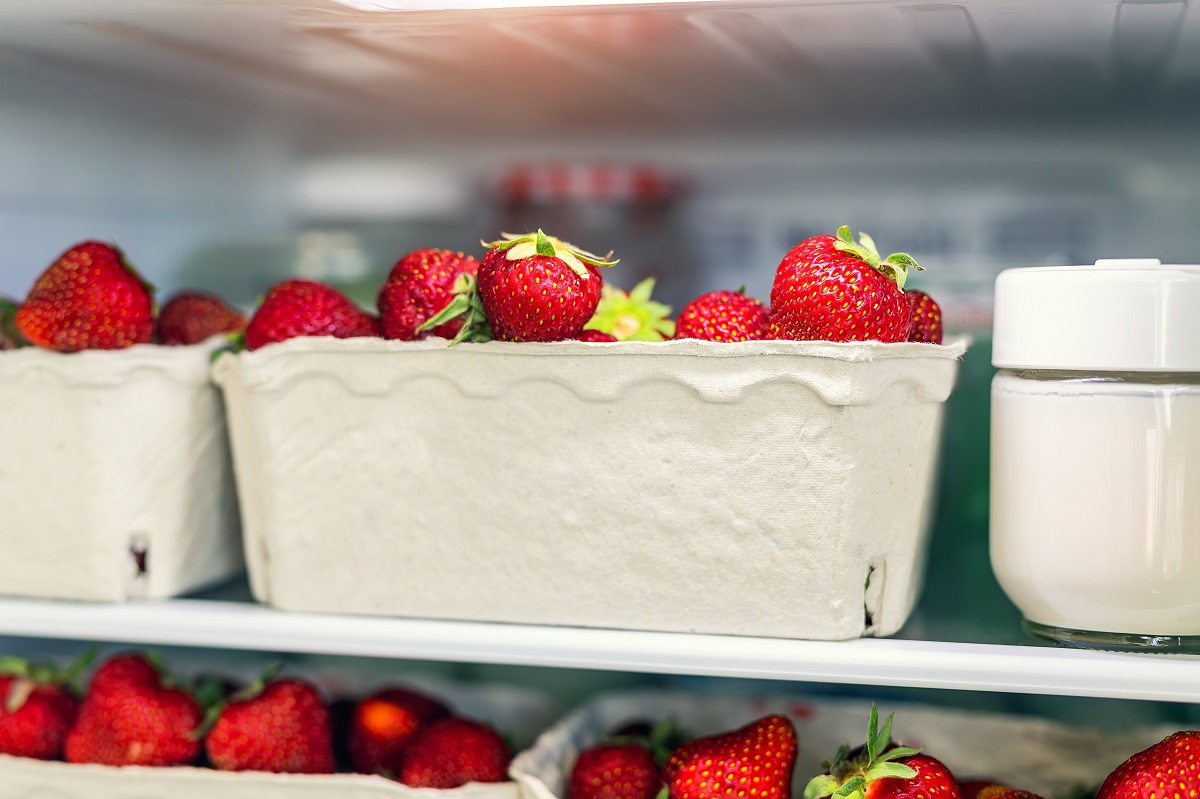
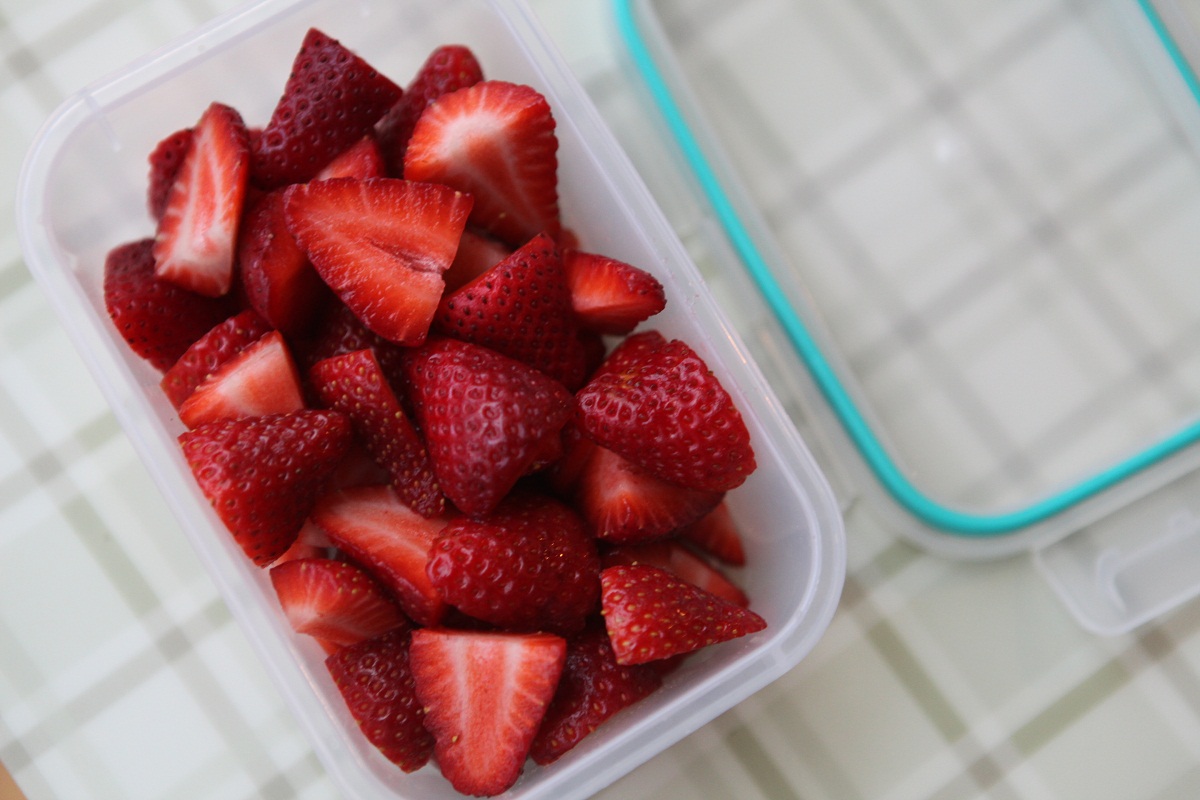

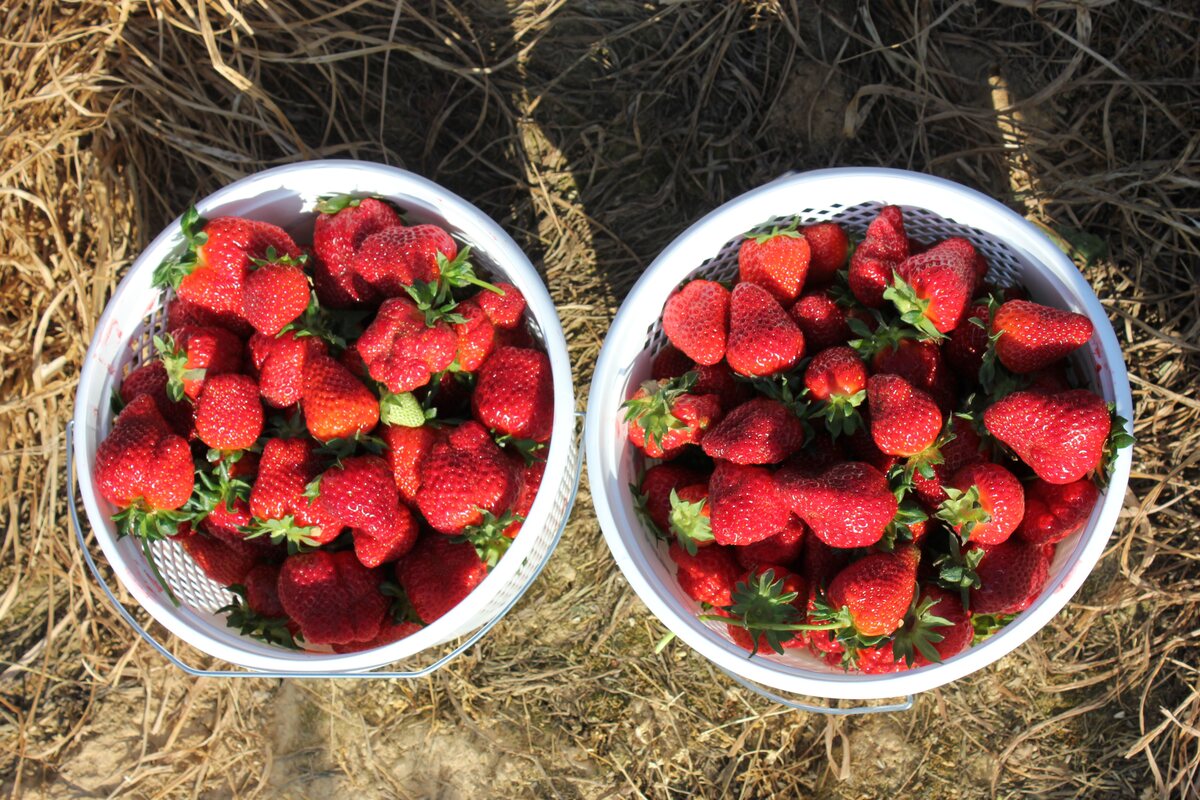


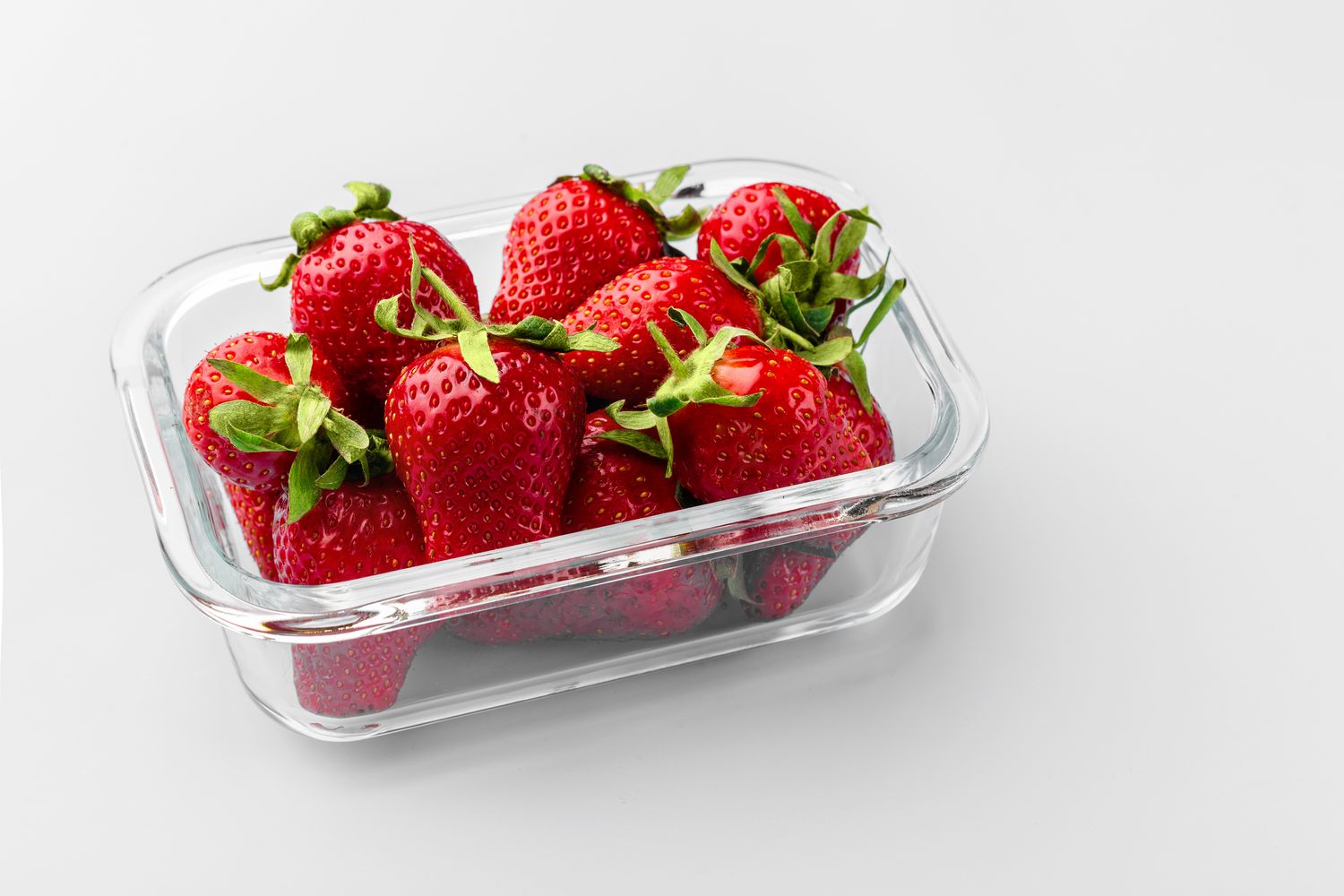
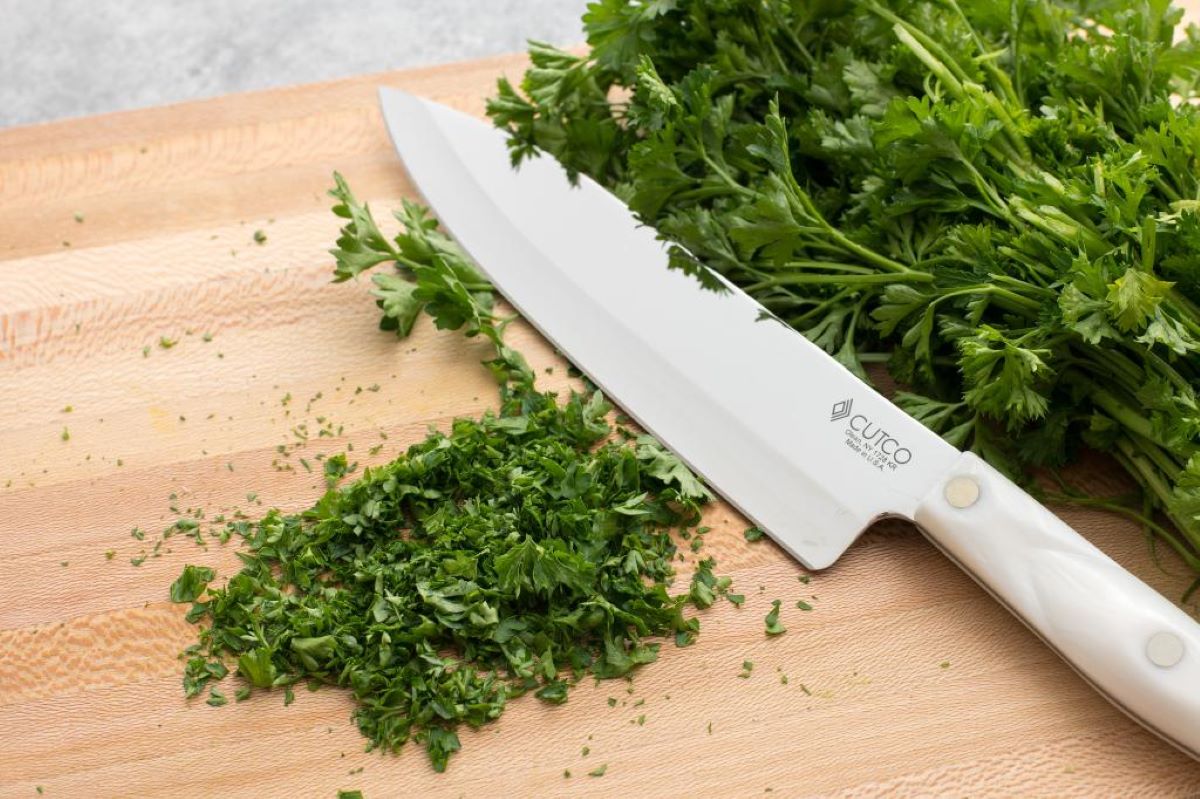

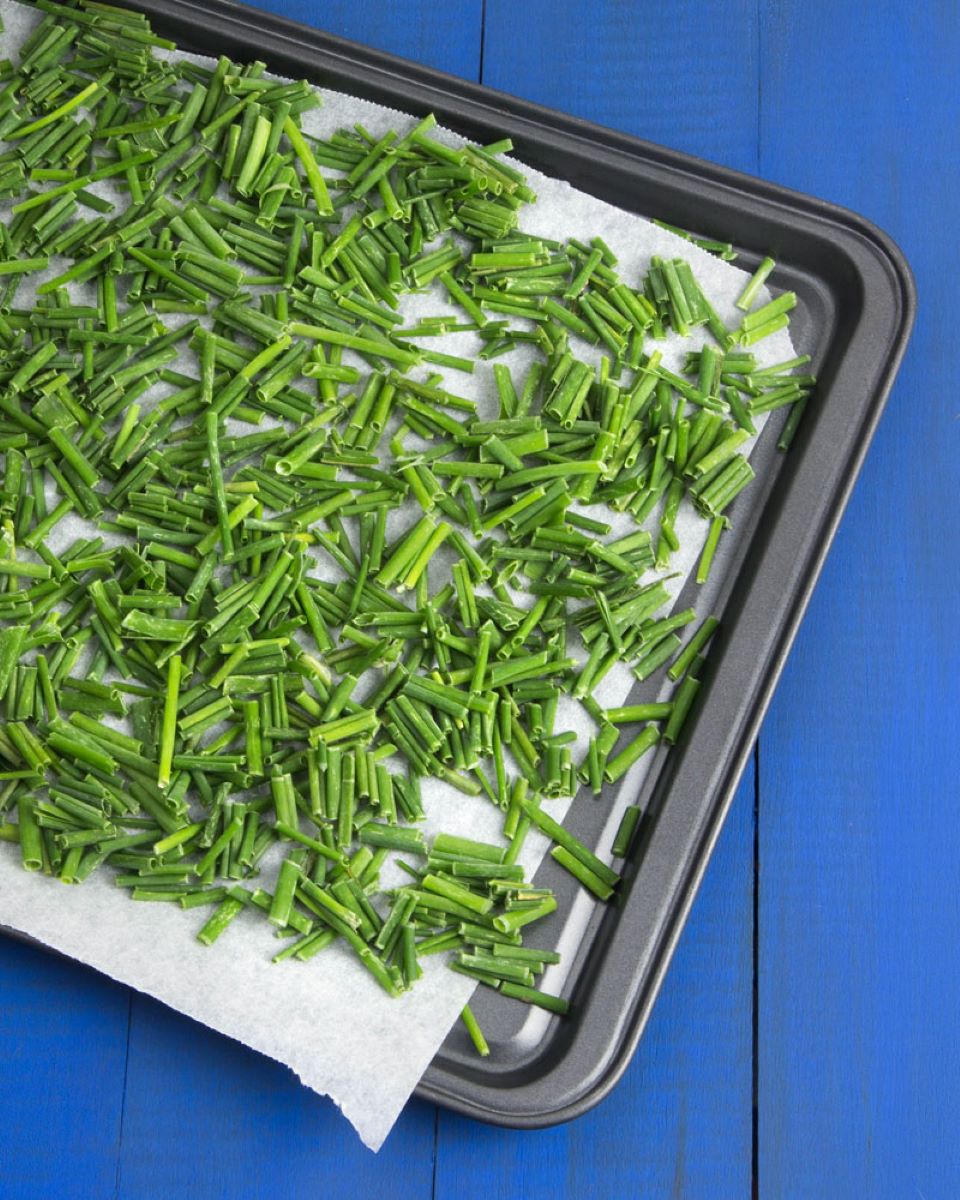
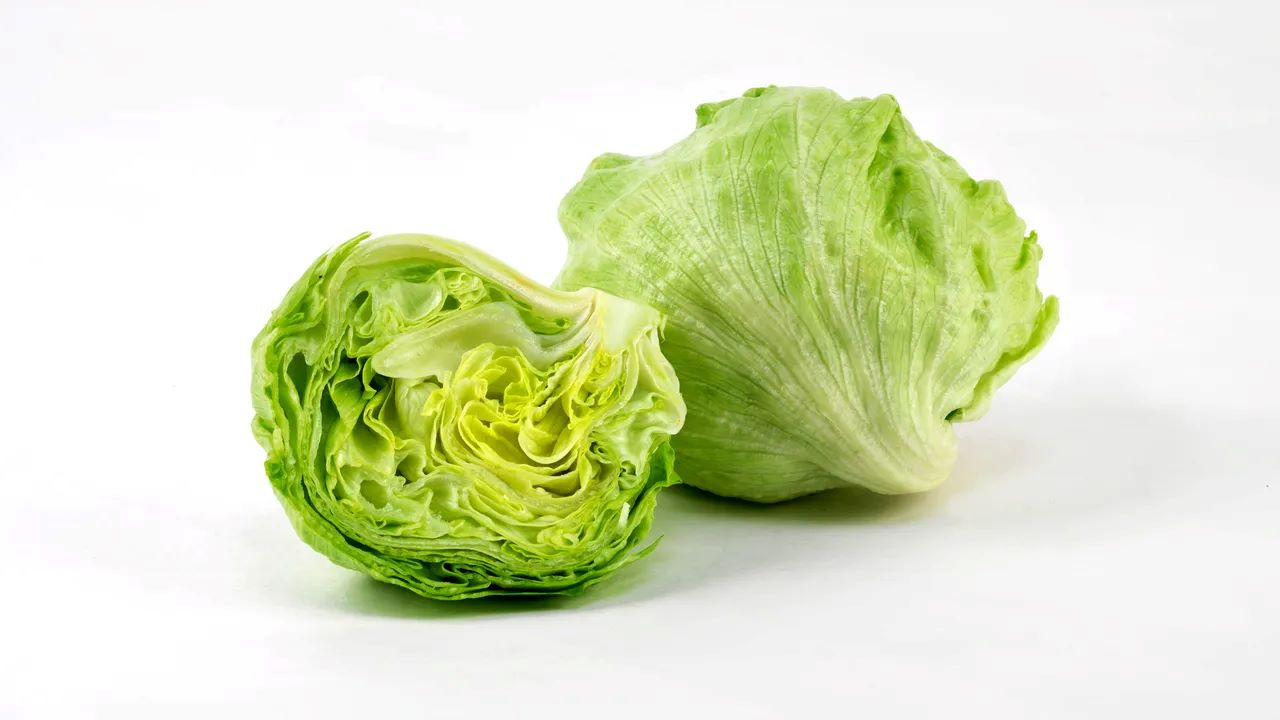
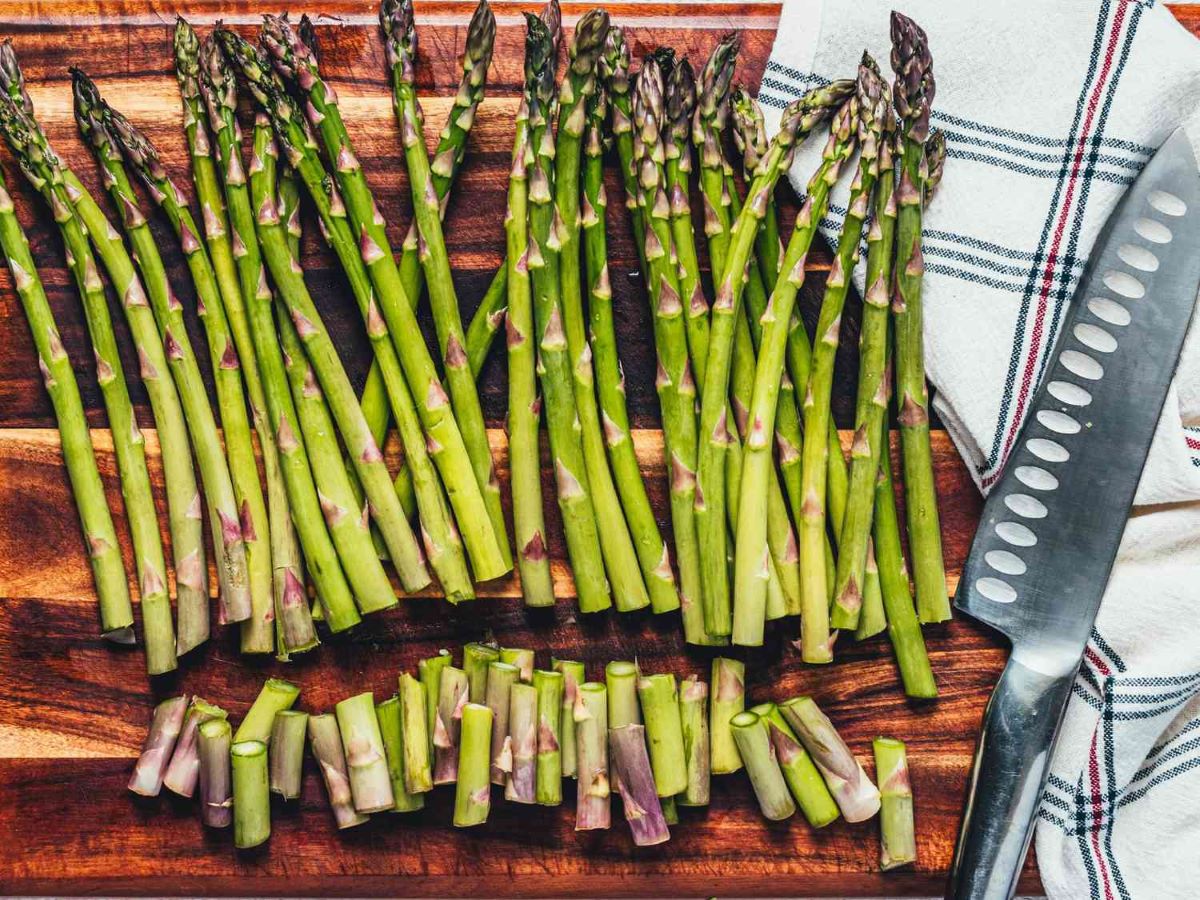
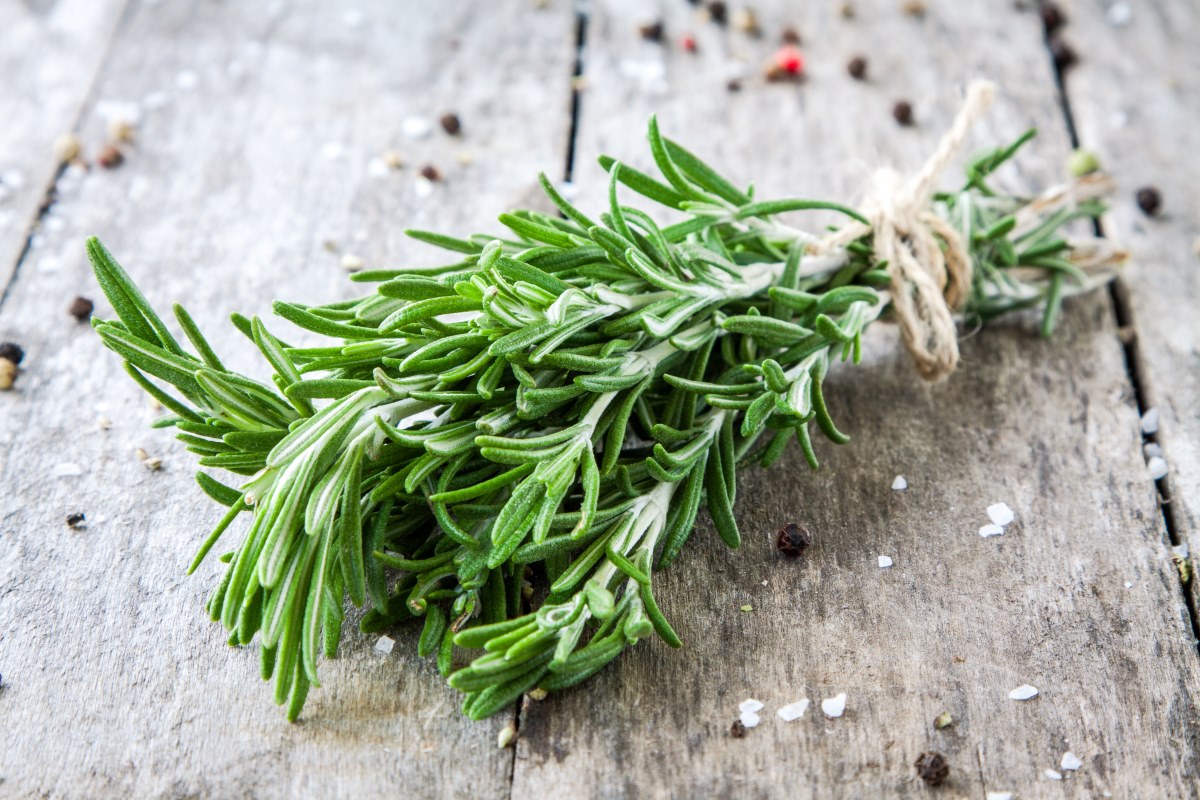
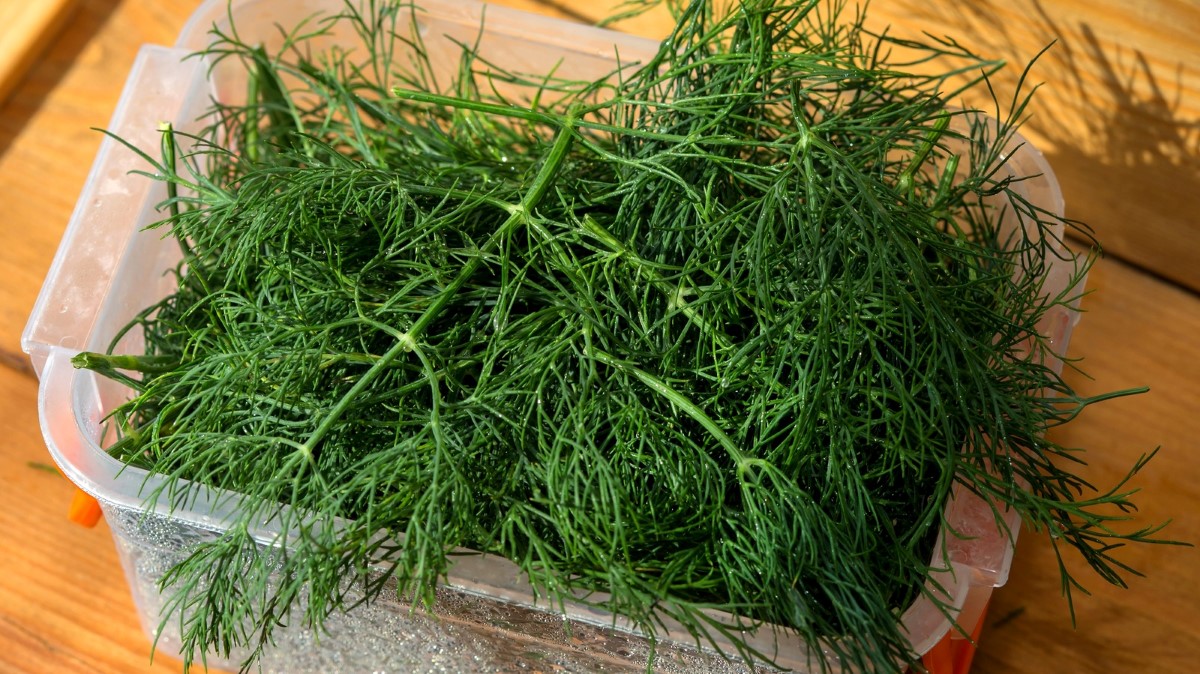

0 thoughts on “How To Store Fresh Cut Strawberries”